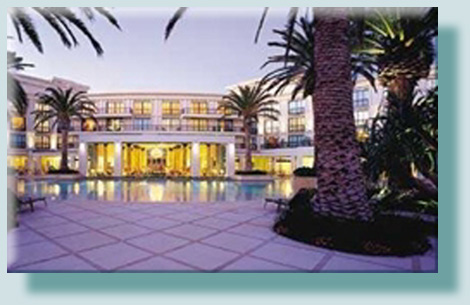Operation & Maintence
Both Plants are designed to be simple in both operation and maintenance.
The GR has two working parts and the IR the same + a UV unit.
Maintenance should be carried out on a 6 monthly basis if using contact chlorination in order to replenish tablet stocks. However, the householder could do this if allowed by Council.
If the Plant has back to base telemetry and UV sterilisation, maintenance should only be required annually, but this will ultimately depend on the NSW Dept of Health.
NUTRIENTS
Very little data is available on nutrient component strength levels in treated greywater. It is assumed there will be reasonable levels of Phosphorous present, derived in the main from detergents and the like. Nitrogen concentrations will be quite low, and those present are probably generated from degradation of Ammonia-N. However, a major source of Nitrogen normally found in wastewater, Urea, does not factor significantly in Greywater, although this will vary depending on household and individual practices.
Options
- The GR model can be fitted with UV sterilisation rather than contact chlorination if required.
- The GR model can be fitted with back to base telephone monitoring.
- It is recommended that a low sudsing washing powder be used in washing machines.
e.g Omomatic or similar.
Price
Droughtmaster GR $5,360.00 + GST + delivery & installation
Droughtmaster IR $8,500.00 + GST + delivery & installation
BASIX & Greywater re-use
If the Model IR were to be installed in an average 4 bedroom home on a 600 sq metre block of land, with the treated effluent used for the laundry, toilet and garden, in most circumstances this would be sufficient to meet the BASIX criteria for water savings.
Commercial or Large Scale Plants
Until recently, there has been little demand for greywater treatment plants on a commercial scale. OHW has been involved in the design and construction of only one plant, a caravan park with small motel in Tweed Shire.

